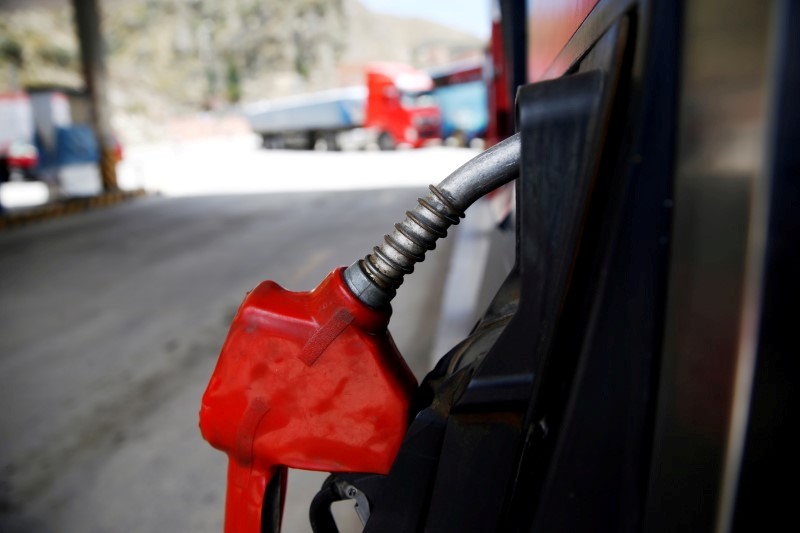Investing.com — Oil prices edged marginally higher Thursday, adding to the previous session’s outsized gains after a bigger-than-expected fall in U.S. crude inventories, but activity is volatile as traders also fret about rising interest rates hitting economic activity.
By 09:40 ET (13:40 GMT), futures traded 0.2% higher at $69.72 barrel, while the contract rose 0.2% to $74.47 a barrel.
Surprise large draw in U.S. stocks
Both benchmarks gained over 3% on Wednesday after the reported a substantially bigger-than-expected draw in U.S. inventories, falling by 9.6 million barrels, raising the prospect of tighter supplies in the world’s largest consumer as the travel-heavy summer season heats up.
“When factoring in the Strategic Petroleum Reserve releases, the decline was even sharper, with total U.S. crude oil inventories falling by around 11MMbbls, as SPR stocks fell by 1.4MMbbls for the week,” said analysts at ING, in a note.
More interest rate hikes likely to limit growth
However, that rally has been short-lived, as traders returned their attention to the likelihood of further interest rate hikes in many of the world’s largest economies in the months ahead, potentially depressing economic activity and thus the demand for crude.
U.S. Federal Reserve Chair did not rule out the possibility of back-to-back hikes. Something that becomes more likely after weekly unexpectedly fell last week and increased at a 2.0% annualized rate last quarter, revised up from the 1.3% pace reported last month.
European Central Bank President virtually cemented an increase in July, with more to come, especially after Germany’s rose to 6.8% in June.
Adding to the pressure, annual profits at industrial firms in China, the world’s second-biggest oil consumer, extended a double-digit decline in the first five months of the year.
Falling supply offers upside for prices
On the supply side, Saudi Arabia is set to sharply cut its output in July, adding to a broader OPEC+ deal to limit supply into 2024, while in the U.S. the number of active has fallen by 6 over the last week to 546, which is the lowest level seen since April last year.
“Falling drilling activity in the U.S. will be welcome by OPEC+ members, as in theory, it should make their output policy more effective,” ING added.
Read the full article here










